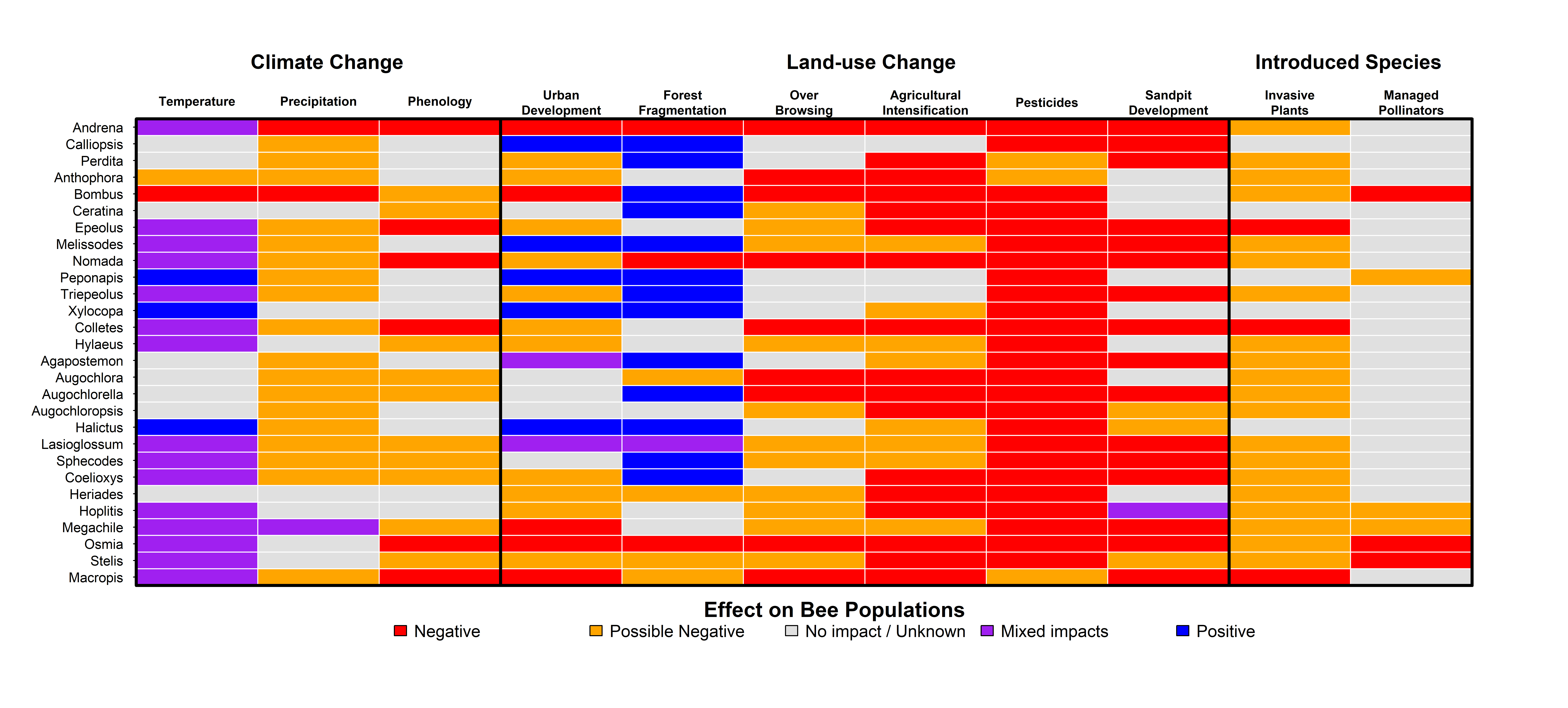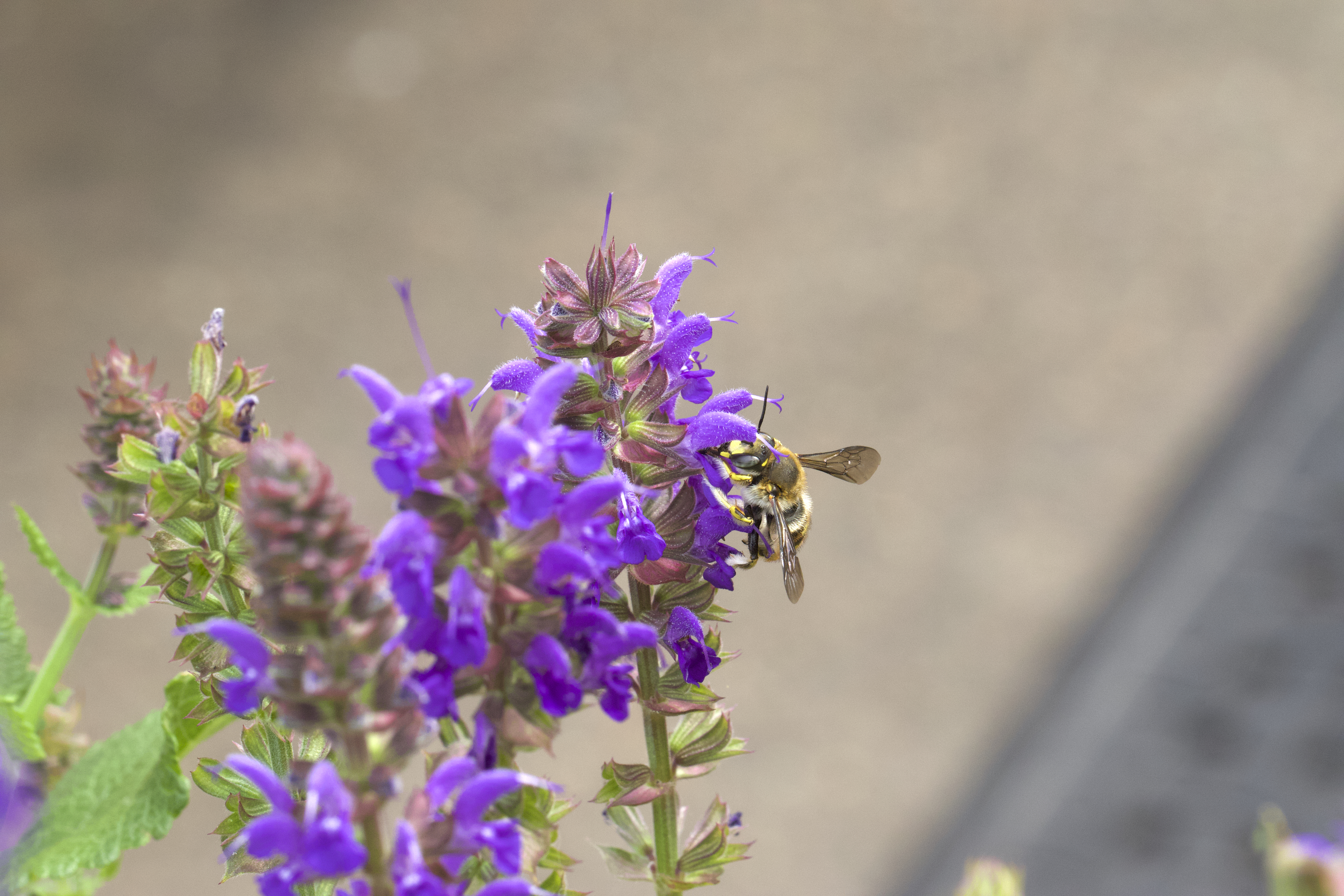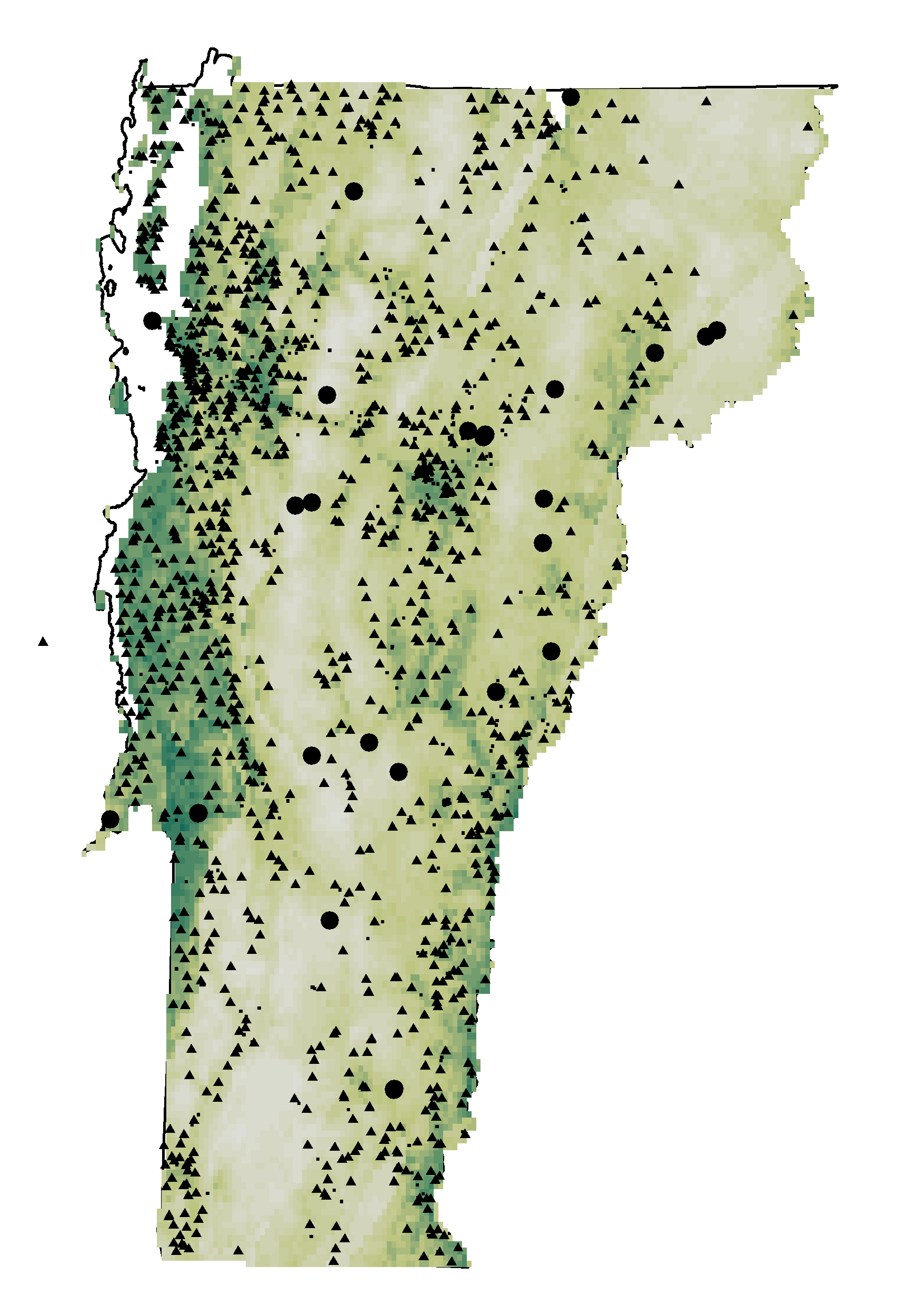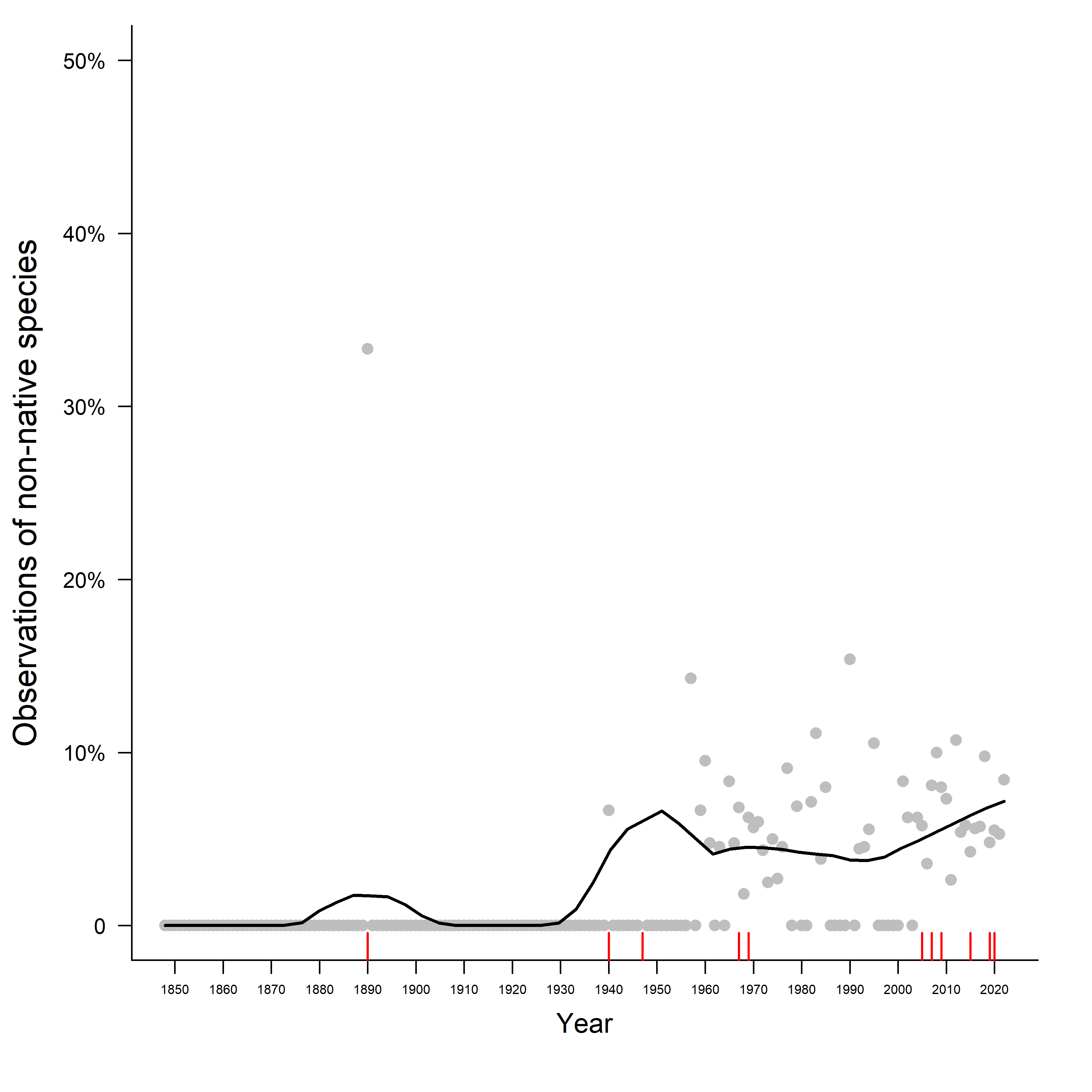Systemic insecticides have detrimental effects on bumble bees and other pollinators
Bees may be threatened by exposure to pesticides when residues occur in pollen and nectar of their food plants. Of principal concern are insecticides applied to control insect herbivores, including topically applied compounds such as carbamates and organophosphates, as well as compounds applied below ground that are systemic within plants, such as neonicotinoids. Certain fungicides and herbicides are also toxic to bees. And, there is evidence for synergistic negative impacts of pesticide combinations on bees. This is a concern because bees are commonly exposed to residues of many pesticides simultaneously.
There is a very large body of peer-reviewed research now concerning detrimental effects of neonicotinoids on bumble bees and other pollinators. Sublethal effects from feeding on pollen and nectar include: lower reproduction rates, reduced navigation abilities, poor foraging behavior, less successful pollination, and reduced immune function. All of these may lead to lower reproductive output or failure.
Neonicotinoids can be sprayed onto foliage or applied as soil drenches, but they are predominantly used as seed treatments. When used in this manner, neonicotinoids are taken up by all parts of the plant as it grows. This means these systemic insecticides are present in pollen and nectar that pollinators can come in contact with when foraging. In addition, they have been found on nearby flowers, in waterways, and they persist in the soil. However, under the Federal Insecticide, Fungicide, and Rodenticide Act (FIFRA), seed coating gets a free pass with a regulatory loophole that allows seeds coated with chemicals to be considered ’treated articles’ rather than pesticides. The use of pesticides in this manner is not tracked. But some estimates find that in Vermont >99% of all neonicotinoid pesticide use is in the form of seed coating.
Additionally, many pesticides, including neonicotinoids, are used on nursery stock where they last for many years. This persistence means well-intended pollinator plantings may be exposing bees and other insects to toxins.




